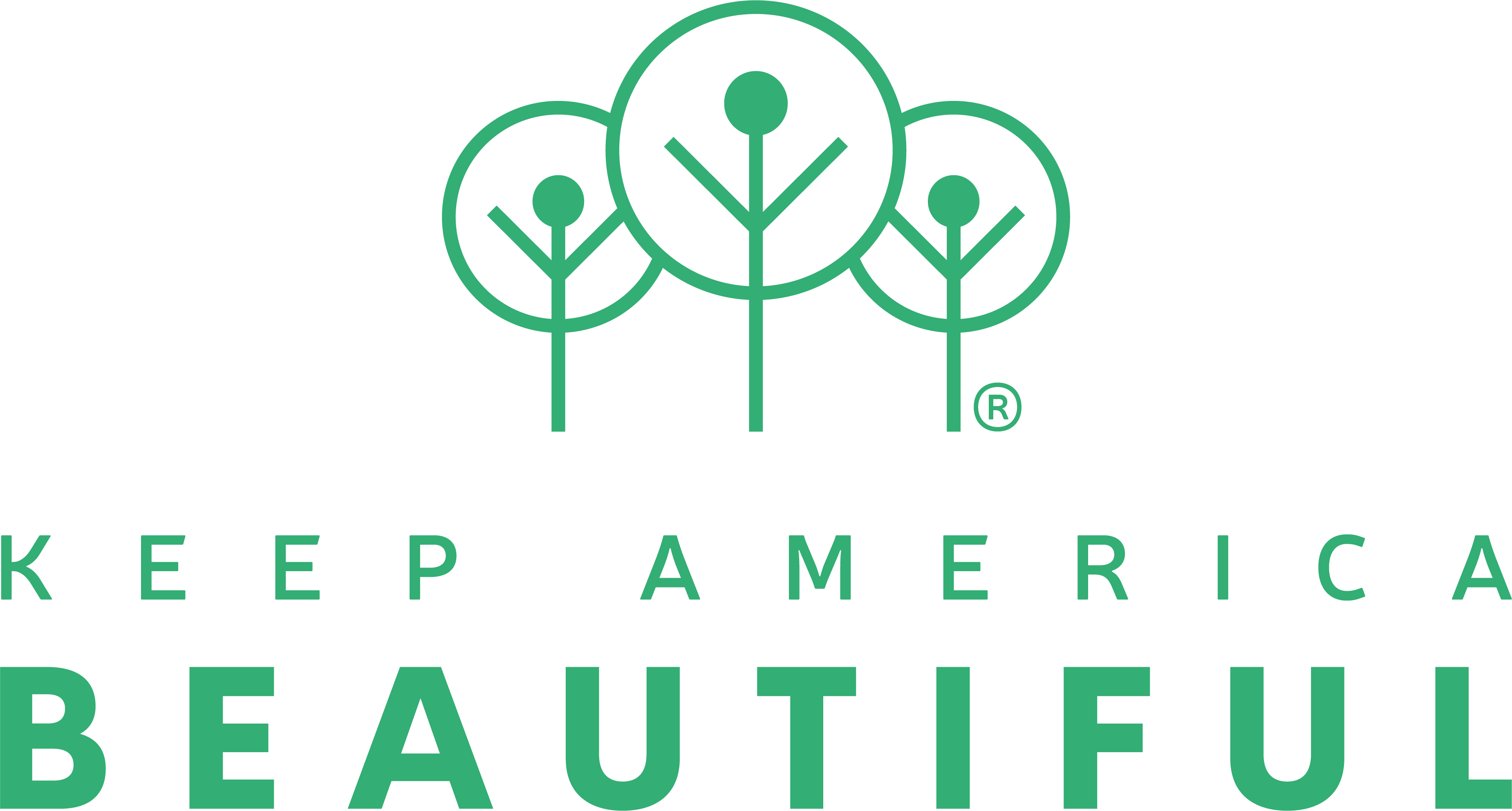Communities Report Continued Success in Reducing Cigarette Butt Litter
National program consistently reduces litter by more than half
(3BL Media / theCSRfeed) Stamford, CT – February 15, 2011 – Keep America Beautiful (KAB) reports an average 54 percent reduction of cigarette litter in the communities implementing KAB’s Cigarette Litter Prevention Program (CLPP) during 2011. In 2011, the program’s ninth year, there were 252 grant-supported implementations across the country including downtowns, roadways, beaches, parks, marinas, colleges/universities, tourist spots, and at special events.
Over the past six years, the CLPP has consistently cut cigarette butt litter by half based on local measurements taken in the first four to six months after implementation. Survey results also showed that as communities continue to monitor the program those reductions are sustained or even increased over time. For example, eight communities that started programs between 2007 and 2009 showed a total average reduction of 74 percent when measured again in 2011.
"Changing ingrained behaviors, such as littering, requires a long-term and sustained commitment,” says Matthew M. McKenna, president and CEO of Keep America Beautiful. “We’re clearly seeing evidence that the longer a community focuses on anti-litter education programs, the more successful their efforts will be.”
Tobacco products, consisting mainly of cigarette butts, are the most-littered item in America, representing nearly 38 percent of all items, according to "Litter in America," KAB’s landmark 2009 study of litter and littering behavior. In response to this issue, KAB developed the CLPP with funding from Philip Morris USA, an Altria company. In 2010, the program received additional support from RAI Services Company. Since its inception, the program has been implemented in over 1,000 U.S. communities.
“Our cigarette litter prevention program at Lake Ouachita was successful in reducing not only cigarette butts and ashes, but all types of litter,” said Hot Springs/Garland County (Ark.) Beautification Commission Executive Director Adam Roberts. “It seems that drawing attention to the cigarette litter issue caused our visitors to take note of all their littering habits and act accordingly.”
A partnership with Boat U.S. Foundation showed that, on average, marinas that participated in the CLPP in 2011 saw a 50 percent decrease in cigarette litter at their marina. Nearly half of the participating marinas saw substantial reductions of 70 percent or greater.
“After all of the receptacles were installed, and the pocket ash trays and car receptacles were handed out, the number of butts and cigarette trash around Lake Ericson was reduced by 75 percent,” said Linda Studnicka, Keep Loup Basin (Neb.) Beautiful’s executive director.
Research has shown that even self-reported “non-litterers” often don’t consider tossing cigarette butts on the ground to be "littering." Keep America Beautiful has found that cigarette butt litter occurs most often at transition points—areas where a person must stop smoking before proceeding into another area. These include bus stops, entrances to stores and public buildings, and the sidewalk areas outside of bars and restaurants, among others.
To address cigarette butt litter, KAB’s Cigarette Litter Prevention Program recommends communities integrate four proven approaches:
• encourage enforcement of litter laws, including cigarette litter;
• raise awareness about the issue using public service messages;
• place ash receptacles at transition points such as entrances to public buildings; and
• distribute pocket or portable ashtrays to adult smokers.
The "Guide to Cigarette Litter Prevention" provides information about starting and maintaining a Cigarette Litter Prevention Program in your community, and can be found online at PreventCigaretteLitter.org.
About Keep America Beautiful, Inc.
Keep America Beautiful, Inc., established in 1953, is the nation's largest volunteer-based community action and education organization. With a network of over 1,200 affiliates and participating organizations, Keep America Beautiful forms public-private partnerships and programs that engage individuals to take greater responsibility for improving their community's environment. To learn more, visit www.kab.org.
KAB21189

